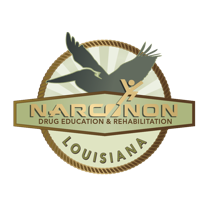Darvocet Abuse
Darvocet is a combination of acetaminophen (Tylenol) and propoxyphene designed to relieve mild to moderate pain. Propoxyphene binds to the pain receptors in the brain so that the sensation of pain is reduced. Acetaminophen halts the production of prostaglandins which otherwise cause pain. It is formulated as a tablet taken every 4 hours by mouth.
Structurally Darvocet is a relative of the synthetic narcotic, methadone. It’s prescribed in two forms- propoxyphene hydrochloride and propoxyphene napsylate -for relief of mild to moderate pain. Given Darvocet’s similarities to methadone, it’s not surprising that Darvocet is as addictive as it is. Individuals develop an addiction to Darvocet because it produces feelings of well-being. Once an individual has developed an addiction to Darvocet they will often get multiple prescriptions from different doctors to support their addiction. Darvocet activates the brain’s reward systems. The promise of reward is very intense, causing the individual to crave more Darvocet and to focus his or her activities around taking the drug. The ability of Darvocet to strongly activate brain reward mechanisms and its ability to chemically alter the normal functioning of these systems is what produces an addiction to Darvocet. Darvocet also reduce a person’s level of consciousness, harming the ability to think or be fully aware of present surroundings.
Darvocet Withdrawal symptoms include but are not limited to:
” physical craving
” anxiety
” loss of appetite and weight
” fatigue
” nausea
” diarrhea
